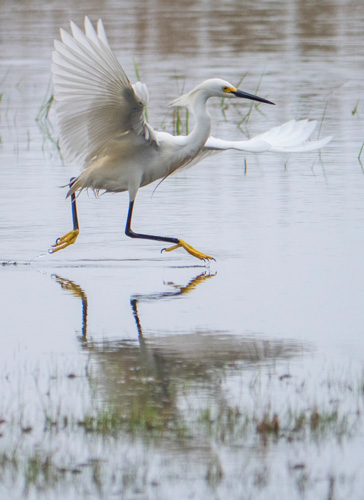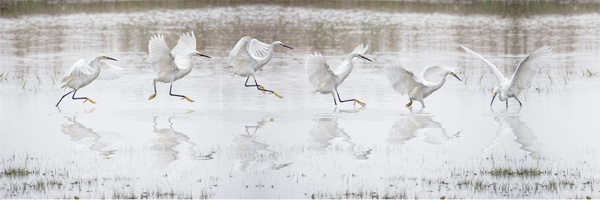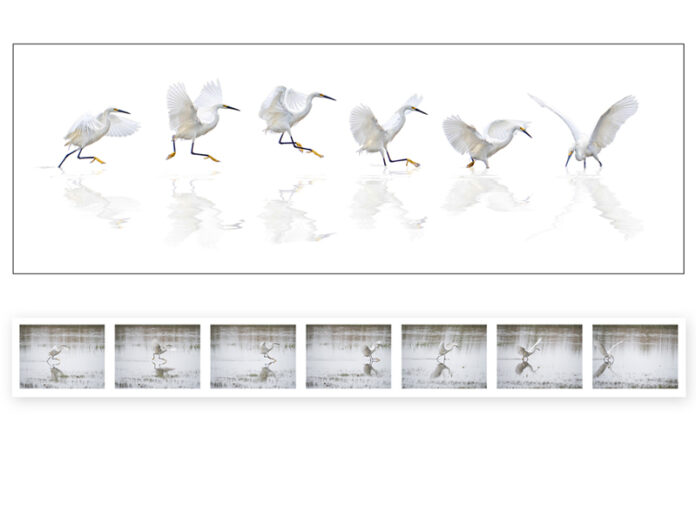by Bob Coates – Texas School Instructor
You might ask, “What in the heck does luck and hard work have to do with art?” Actually, it has a lot to do with getting in there and doing the producing, whether you feel like putting in the work or not. Many times I will happen into a fortunate art situation just because I keep on trying even though things have not worked out crazy good in the past. If you see a concept, you need to keep acting on it until it comes to fruition.
 Chuck Close said, “Inspiration is for amateurs. The rest of us just show up and get to work. If you wait around for the clouds to part and a bolt of lightening to strike you in the brain, you are not going to make an awful lot of work. All the best ideas come out of the process; they come out of the work itself.”
Chuck Close said, “Inspiration is for amateurs. The rest of us just show up and get to work. If you wait around for the clouds to part and a bolt of lightening to strike you in the brain, you are not going to make an awful lot of work. All the best ideas come out of the process; they come out of the work itself.”
Here’s an example. I love photographing wildlife, especially birds. I enjoy the texture of their wings. Study and anticipation of their movements helps to capture more compelling images. Time alone searching out new behaviors can be very frustrating. That doesn’t stop me from going out and trying as it can be rewarding at the same time. Over and over. And over. Until that magic moment when the luck part comes into play. Because I was still there trying I was treated to this perfect moment of a Snowy Egret chasing fish.
When approaching wildlife to get in for frame-filling images you need to learn to move in a slow cautious fashion. While the egret was intent on feeding I could tell it was lightly aware of my presence. Ideally you don’t want to disturb behavior while moving into position. If you are in a known area, a blind can be of help. Portable blinds are available for under $100 although you can pay more. In this case there were lots of large tree trunks between my prey and me. I would slowly move to a new tree staying out of their vision. Then a peek around the corner and make at least a few photos from the new position in case the next move spooked the bird.

Approximately 200 images of the bird were photographed working the shallows in front of me. The image you see here is very close to the composite I thought I wanted to accomplish. Initially, the idea was to have the bird shown against the background of the marsh.
Working composite of Dance of the Snowy Egret – I had sifted through and extracted many images of the snowy egret to get this far but wasn’t happy with what was happening. It was the vision I originally had in my head while I was photographing the bird, but it just wasn’t working for me, although my wife loved it. So I kept working.
I kept working making new extractions. Trying different positions that would tell the story of a dance. And kept working. Because I kept working, even though I wasn’t happy I had another stroke of luck. In turning off the background to clean up my extractions of the birds, I saw the image in its simplest form. All attention became focused on the positions of the birds with absolutely no distractions. Adding the reflections gave the birds a sense of place and anchored them in the scene.
PPA Loan Collection Image – Dance of the Snowy Egret by Yours Truly – The image was entered into in the International Photographic Competition (IPC) at Professional Photographers of America. ‘Dance’ was judged into the Loan Collection in the Master Artist category. Judging is based on twelve elements including composition, technical excellence, presentation and storytelling among others. In the Master Artist category is a thirteenth element, which is how much work and how well the artwork was accomplished. It is a significant part of the criteria, which is why the reference images are shown. See https://www.ppa.com/articles/a-mind-map-of-the-12-elements for a slightly different look at the twelve elements from Bryan Welsh and Lisa Dillon.
I feel I was lucky on two fronts in the creation of this photo. But, I did work hard to ultimately get there. I think one additional piece of luck was the micro 4/3rds format equipment I used. Because the micro 4/3rds format is small and light I was able to hand-hold a 600mm similar field of view to full frame lens and track the egret comfortably for a long period of time. Heavier gear would have required a tripod and been much less mobile. My camera of choice was the Lumix GX8 with the 100-300mm f4.0-5.8 lens. Images were recorded at 1/3200 SEC f/5.6 ISO 800.
 Bob Coates is from Sedona, Arizona. He has been a successful photographer for well over 20 years working on various genres including weddings and portraiture. Concentrating fully now on Commercial and Fine Art photography, he teaches a class on “Nature, Macro, Floral, Animal, Landscape and Travel Photography” at the Texas School of Professional Photography.
Bob Coates is from Sedona, Arizona. He has been a successful photographer for well over 20 years working on various genres including weddings and portraiture. Concentrating fully now on Commercial and Fine Art photography, he teaches a class on “Nature, Macro, Floral, Animal, Landscape and Travel Photography” at the Texas School of Professional Photography.











